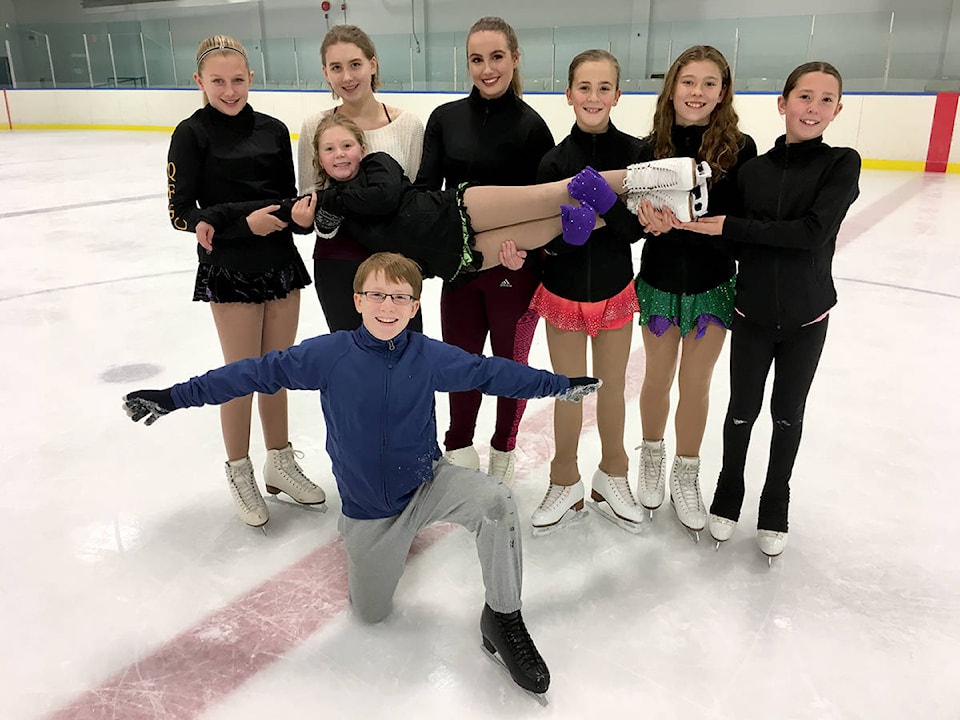Last weekend, Chilliwack’s Autumn Leaves figure skating competition kicked off the season.
Quesnel’s figure skating club takes in young prospects of all ages, from kids as young as four or five just getting their balance in CanSkate, to high school graduates make the sport part of their new life.
The Quesnel club made a fantastic showing of itself in Chilliwack last weekend. Mitchell Dunn, a star 5 skater, came in second place, along with Ashley Burke and Presley L’Heureux, both star 3 skaters. These three were among the youngest of the senior skaters and led the pack in terms of ranking.
Following close behind was Jersey L’Heureux, a star 4 skater, who came in 4th place.
These ladies and gentleman are impressive to watch; they have worked incredibly hard to get to where they are and their work paid off in competition.
Dunn, the only senior boy in the Quesnel club, makes a striking image on the ice, and his almost absurd amount of energy elevates his skating with soaring jumps. His charisma is always complemented by his iconic black fedora.
In star 5 girls (13 and under), Alexa McTavish placed seventh.
And Quesnel’s highest-level skater also competed this past weekend. Beverly Smetaniuk, a star 8 skater, came in 11th, a placing that will only improve as the season continues. Casey Fisher, the final Quesnel skater at the Autumn Leaves competition, showcased her musicality and talent, skating in star 5 girls (13 and over).
Figure skating is not a sport for the faint of heart; there is rarely a day a figure skater won’t go home with some bruise or pain. Skaters practise four to six times a week on ice for anywhere from an hour and a half to two hours. Along with off-ice training and coaching up-and-coming CanSkaters, senior skaters commit themselves to a life revolving around the rink.
The time dedication alone is impressive without adding in the difficulty of the sport on top of that. Being a figure skater requires not only muscle strength but also control, balance and the ability to make it all look like they aren’t even trying – they’re simply floating over the ice, as easy as air.
Unlike other skating sports such as hockey, ringette, speed skating, etc, figure skaters mainly travel backwards or in complex footwork patterns that involve switching from forward to backward and back again regularly. Though skaters only compete in one to three-minute programs, these programs are exhausting, including the skaters’ hardest jumps and spins with footwork in-between them all performed at top speed and on beat to the music.
Putting together a program is a difficult process and perfecting it is even harder. The skaters who competed at Autumn Leaves had just over a month to put their programs together, making their high rankings all the more impressive.
This is a series written jointly by Abby Fisher and Katherine Osmond, both Correlieu students. Abby and Katherine both have a passion for writing and hope to learn and improve their skills over the course of this year.
